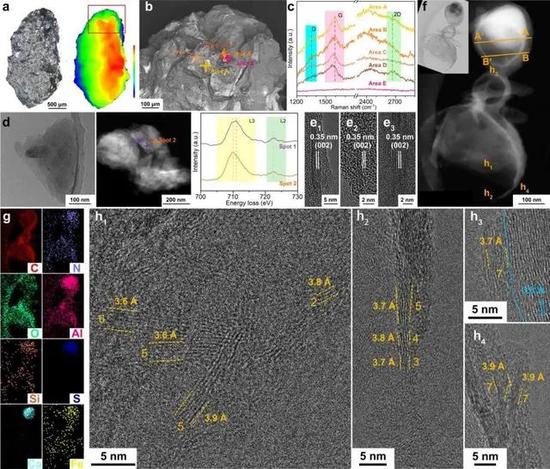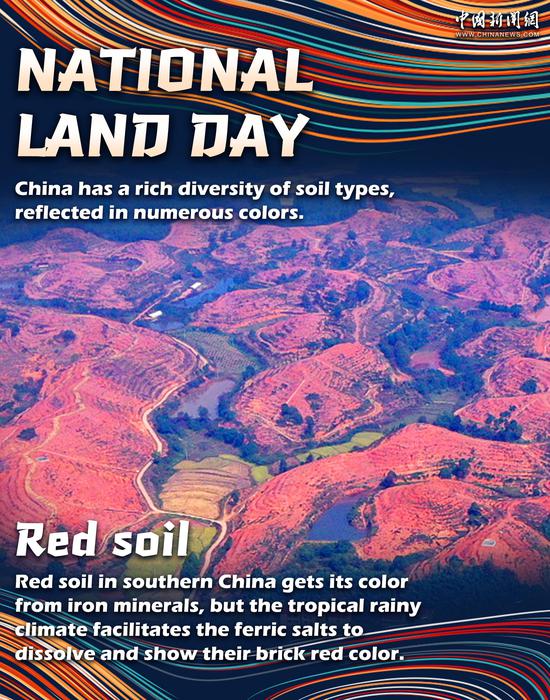
Chinese scientists have discovered the presence of a special form of carbon in lunar soil retrieved by China's Chang'e 5 probe, offering new evidence about the geological evolution of the moon and providing clues for the future utilization of the substance.
The research, published in the journal National Science Review last week, revealed the existence of naturally formed few-layer graphene, a substance consisting of carbon atoms in a special, thin-layered structure.
The team, led by professors Zou Meng, Zhang Wei and senior engineer Li Xiujuan from Jilin University and Ren Wencai from the Chinese Academy of Sciences' Institute of Metal Research, analyzed an olive-shaped sample of lunar soil, about 2.9 millimeters by 1.6 mm, retrieved from the Chang'e 5 mission in 2020.
According to the team, scientists generally believe that some 1.9 percent of interstellar carbon exists in the form of graphene, with its shape and structure determined by the process of its formation.
Using a special spectrometer, researchers found an iron compound that is closely related to the formation of graphene in a carbon-rich section of the sample. They then used advanced microscopic and mapping technologies to confirm that the carbon content in the sample comprised "flakes" that have two to seven layers of graphene.
In tracing the graphene's formation, the team proposed that it may have formed in volcanic activity in the early stages of the moon's existence, and been catalyzed by solar winds that can stir up lunar soil and iron-containing minerals that helped transform the carbon atoms' structure. They added that impact processes from meteorites, which create high-temperature and high-pressure environments, may also have led to the graphene's formation.
On Earth, graphene is becoming a star in materials sciences due to its special features in optics, electrics and mechanics. "If silicon was the strategic new material of the 20th century, graphene is that for the 21st century," Liu Zhongfan, an academician at the CAS, told The Economic Observer in April.
The team believes its study could help develop ways to produce the material inexpensively and expand its use.
"The mineral-catalyzed formation of natural graphene sheds light on the development of low-cost scalable synthesis techniques of high-quality graphene," the paper said. "Therefore, a new lunar exploration program may be promoted, and some forthcoming breakthroughs can be expected."
By early this month, some 77.7 grams of the 1,731 grams of lunar samples retrieved by Chang'e 5 had been distributed to 114 research teams from 40 facilities, yielding some 70 studies published in major journals, according to the Chinese Academy of Sciences' Institute of Geology and Geophysics.


















































 京公网安备 11010202009201号
京公网安备 11010202009201号